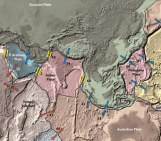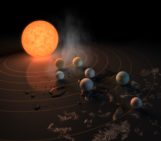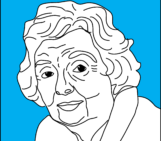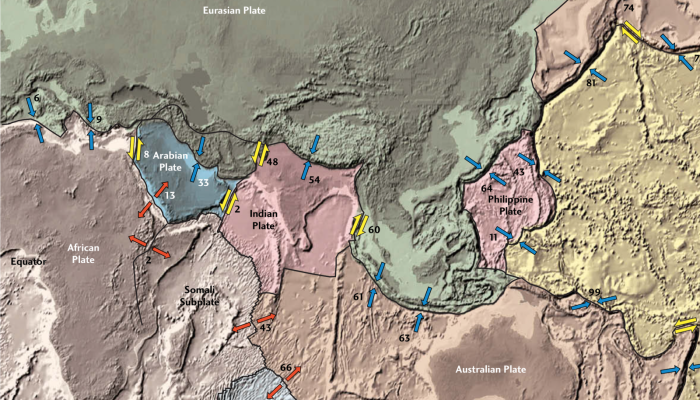
These blogposts present interviews with outstanding scientists that bloomed and shape the theory that revolutionised Earth Sciences — Plate Tectonics. Get to know them, learn from their experience, discover the pieces of advice they share and find out where the newest challenges lie!
Meeting Roger Buck
Roger Buck is a Research Professor at the Lamont-Doherty Earth Observatory at Columbia University, in New York. His interest lies in developing theoretical models for processes that affect the solid earth. He also studies deformation patterns and topography on other planets, such as Venus.
The key is to look for areas where new data shows that there are important things we don’t understand, things that still surprise us.
After being active for several decades, what is currently your main research interest? How would you describe your approach and methods?
Broadly, I work in Geodynamics. In a lot of different aspects to it. I started doing work on planetary science and mantle convection. Now I work mostly on the mechanics of faulting and of magmatic dike intrusions, particularly focussed on continent breakup and mid-ocean ridges.
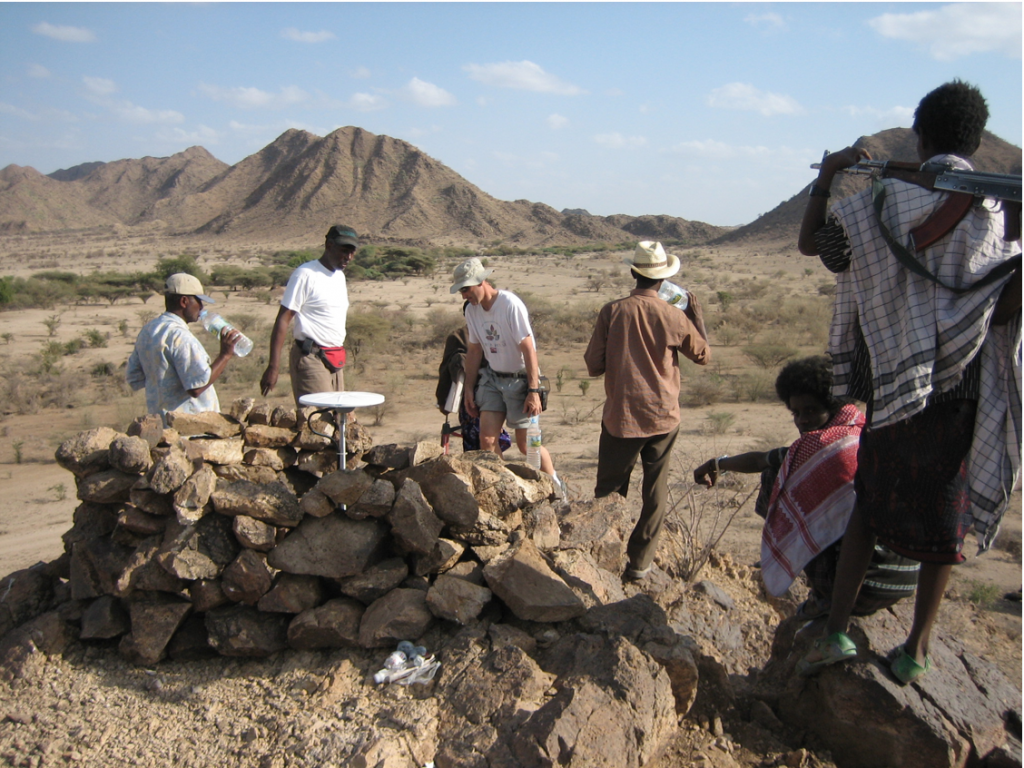
Roger Buck – Deploying GPS instruments to understand the mechanics of dike intrusions in Afar, Ethiopia. Credits: Roger Buck
What would you say is the favourite aspect of your research?
What I find really satisfying is trying to find geologic phenomena or structures that look very complicated, but where there is actually a fairly simple underlying physical mechanism. It is particularly satisfying to find a fairly simple mathematical expression describing the mechanics of processes that otherwise might look quite complicated.
I always hope that, on the long term, explaining things better is good in itself
Why is your research relevant? What are the possible real world applications?
That’s difficult to say in a lot of cases. Just explaining how structures got to be there might not have immediate effects. But, I always hope that on the long term explaining things better is good in itself. Understanding how the Earth works can help us dealing with hazard mitigation. Some of the work that we are doing recently deals with the tectonic processes that are related with earthquakes. That might help us understand the different kinds of earthquakes that happen in different areas.
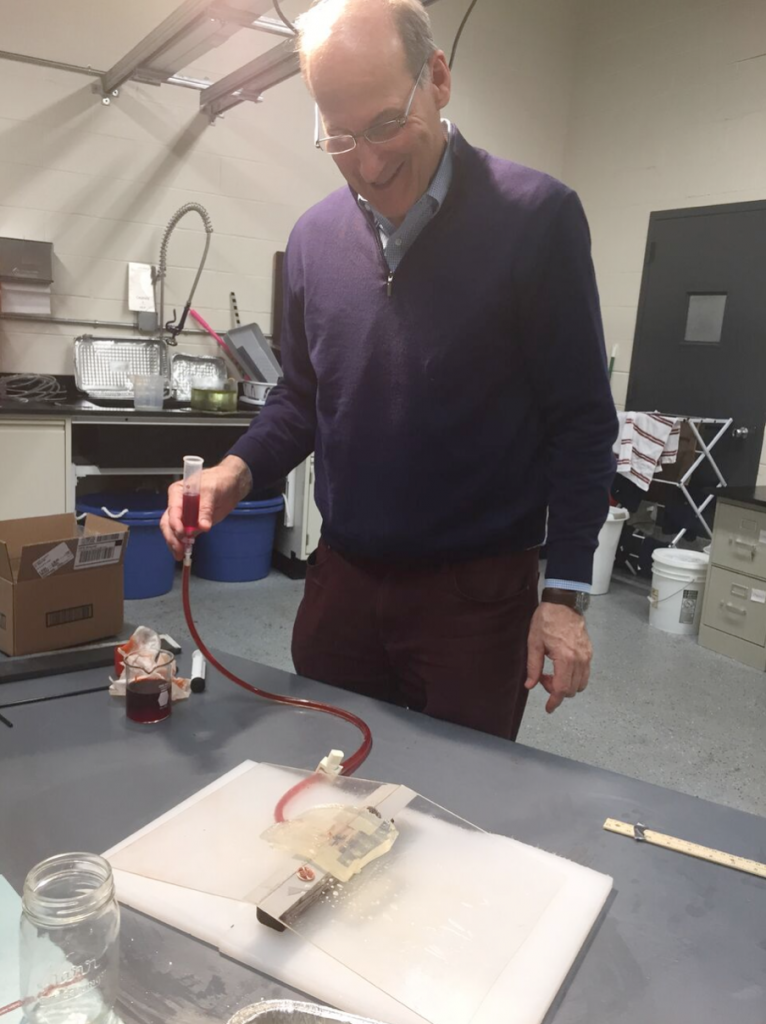
Roger Buck – Physical experiment with gelatin, testing how magma intrusion could trigger continental breakup. Credit: Roger Buck
What do you consider to be your greatest academic achievement?
In airplanes, I tell people that “I work on areas that are splitting apart and on what allows them to split apart”. Probably the single cleanest example was a controversy that came up in the 1980s about what people often refer to as “low angle normal faults” that are associated with rocks brought up from great depth in the crust in core complexes. Over a number of papers, we showed that a lot of these structures that are low angle now, probably initiated at high angles, in ways that are very easy to understand mechanically. They evolved in a way that it’s just a consequence of normal extensional faults extending over long distances. It was very satisfying to chip away that problem from a kinematic viewpoint, and then from a more basic, mechanical point of view. Much of his work was done with excellent colleagues, like Luc Lavier and lately with Jean-Arthur Olive, on numerical simulations of these processes.
What would you say is the main problem that you solved during your most recent project?
I’ve been working with a very bright student on the Tōhoku earthquake that happened in March 2011 in Japan, where there was really unprecedented data (the Japanese had many geophysical instruments both on land and underwater). One of the things that was unexpected was that in the upper plate, in the lithosphere above the subduction interphase, the predominant aftershocks over a broad region (about 200 km wide) were extensional earthquakes. This had never been seen before. We have been working with simple ideas and numerical models to explain these extensional earthquakes. Our idea is that it is related to the long term (millions of years timescale) changes in the dip angle of subduction that basically bend the upper plate. We don’t have a clear connection with the extensional deformation that might have been related to the excessive size of the tsunami that was produced, but there could be some relationship. We certainly have not solved this problem but we have a promising hypothesis for one part of the Tōhoku earthquake.
It is very important to continue support for very basic work.
After being many years active in academia, looking back, what would you change to improve how science in your field is done?
Oh, that’s a hard question. A lot of things over the years have been done very well, I think. Like fostering international collaboration in science and that there has been fairly healthy support for science, in a lot of countries, including the United States. It is very important to continue support for very basic work. There has been a retreat from supporting multi-channel seismic work in the ocean in recent years, but this is one of the best ways for us to illuminate the structures produced by tectonic processes. At the same time, increased computer power allows us to get better resolution of structures, based on essentially the same data. However, we still need to collect new data.
The key for big advances is often new technologies
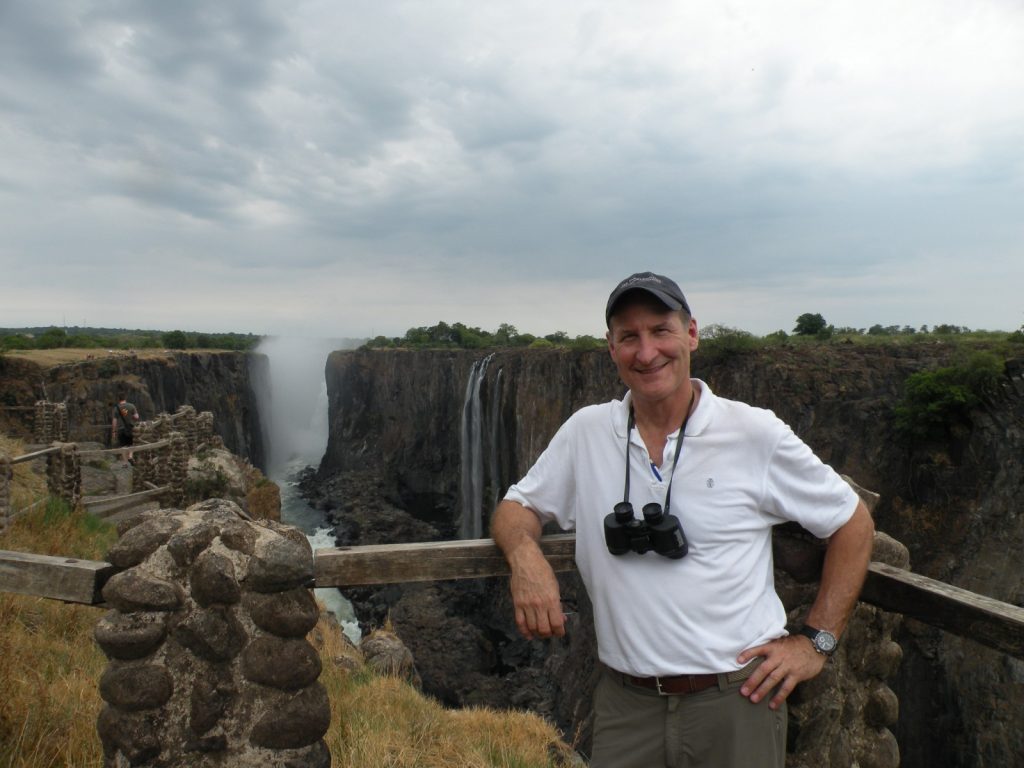
Roger Buck – Deploying seismometers across the Okavango Rift. View on the Victoria Falls. Credit: Roger Buck
What you just exposed, goes to some extent in line with my next question: What are the biggest challenges right now in your field?
Uh! These are pretty challenging questions, that’s for sure!
I think there are great and exciting challenges in things I don’t work on myself. The fact that geodesy has improved so much in recent decades and we are learning so much more about plate boundaries. I remember the wonderful talk of Jean-Philippe Avouac during the symposium in Paris, he emphasized how much we have learned. Many seismic gaps are in places where we don’t see traditional seismic activity: large earthquakes or fast earthquakes. We now know that they are slow earthquakes and slow slip events. Understanding where they occur and why we have different kinds of earthquakes in different places along subduction zones is an area that a lot of people have recognized is very important. I think the key to big advances is often new technologies. Geodesy, both on land and submarine, combined with imaging offers terrific hope for a better understanding of major earthquakes. For example, we don’t have a good clue on why some big subduction earthquakes produce very large tsunamis and others not so large tsunamis. These are huge challenges.
What were your motivating grounds, starting as an Early Career Researcher? Did you always see yourself staying in academia?
I was always kind of academically oriented. I liked the idea of doing research. I started in Physics and liked it a lot, and then I started taking Geology and liked Geology a lot! I was at university in the mid-1970s and there was a lot of excitement about applying plate tectonics to solve different problems and it seemed very exciting… I am definitely not a good field geologist, but I love being in the field. I think it is important for people doing theoretical work to actually understand the data that they are working with and where it comes from, and the great skill it takes to collect and interpret data. But I realized very quickly that this wasn’t my strength. The key is to look for areas where new data is showing that there are important things we don’t understand, things that still surprise us. That is one of the encouraging things that I’ve seen through my career: repeatedly, with new measurements, we had total surprises. We have seen things we did not expect.
Follow things where you have the potential to make some contribution
What is the best advice you ever received and what advice would like to you give to Early Career Students?
Oh boy! One piece of advice I got about writing papers that deal with models is particularly good: You should very clearly separate observations from model assumptions and model interpretations. Not mixing these three things up is something that I certainly struggle with it, but it is something that keeps papers clear and crisp.
The obvious piece of advice that you hear very often and that I certainly tell people: You are typically going to like things that you have some aptitude for. So, follow things where you have the potential to make some contribution. Find something that you really do feel good about doing and you are going to feel good about it if you are somewhat capable of doing it.
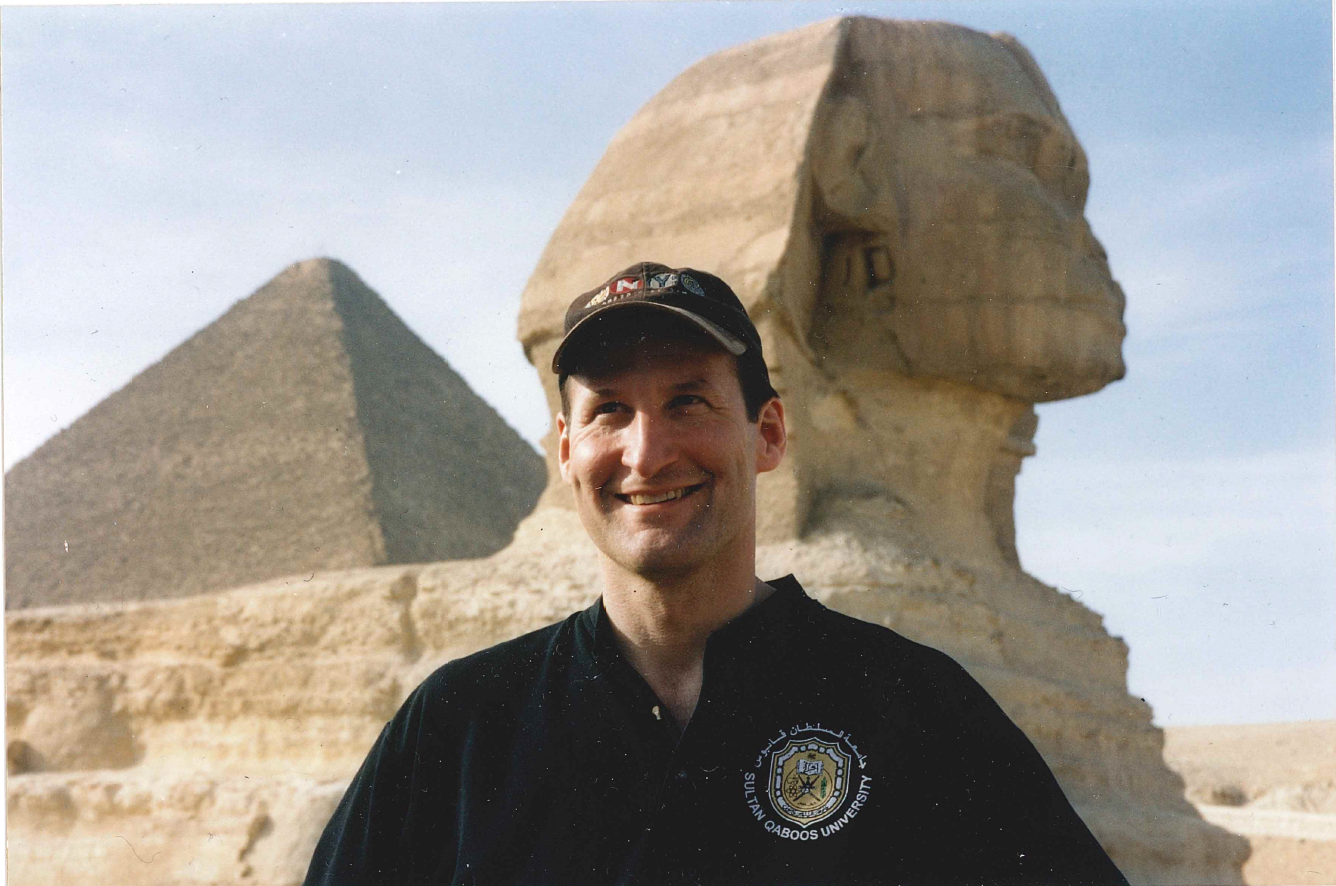
Roger Buck in Egypt – Credit: Roger Buck
Interview conducted by David Fernández-Blanco

